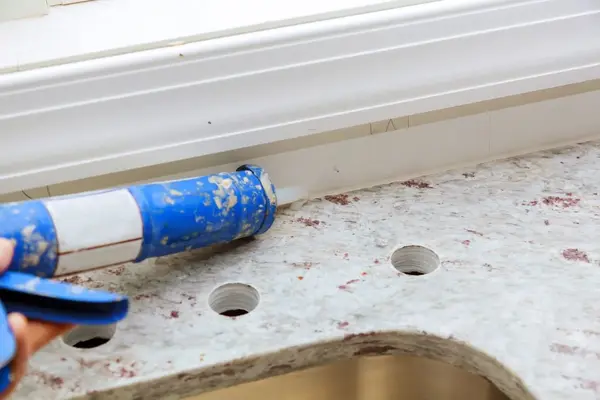Gardening
The Right Way to Aerate Your Lawn at Home

Maintaining a healthy, green lawn requires more than just watering and mowing. To keep roots strong and soil healthy, you should aerate your lawn regularly. Aeration allows air, water, and nutrients to reach the roots, preventing soil compaction and promoting lush grass growth.
Why You Should Aerate Your Lawn
Key Benefits of Lawn Aeration
Aerating helps solve common lawn problems. As grass grows, thatch builds up and soil compacts. This blocks vital air and moisture from reaching roots. Aeration creates small holes, improving water penetration and oxygen flow.
Additionally, aeration reduces water runoff and prevents pooling. It also strengthens roots, encouraging thicker, greener grass. Lawns that face heavy foot traffic or clay soil benefit the most. Ultimately, aeration keeps your lawn healthy and resilient throughout the year.
When and How to Aerate Your Lawn
Timing Your Lawn Aeration
The best time to aerate depends on your grass type. Warm-season grasses thrive with aeration in late spring or early summer. Cool-season grasses do best with aeration in early spring or early fall.
Choose a dry day or water your lawn a day before aerating. Moist soil allows aerators to penetrate easily, making the process more effective.
Core Aeration vs. Spike Aeration
There are two main methods to aerate your lawn: core and spike aeration. Each serves different lawn sizes and soil conditions.
Core Aeration
Core aerators pull small plugs of soil from your lawn. These plugs break down naturally, adding organic matter back into the soil. This method suits large lawns and heavily compacted or clay soils.
You can rent gas-powered or manual core aerators. Walk-behind models cover up to 40,000 square feet per hour. Tow-behind core aerators connect to riding mowers and work well for large properties.
Core aeration requires more effort but produces longer-lasting results.
Spike Aeration
Spike aeration uses solid tines to poke holes into the soil without removing plugs. It’s best for small lawns or sandy, lightly compacted soil.
Manual spike aerators include tools like spading forks, pitchforks, or aerator sandals. Rolling spike aerators and tow-behind models are also available.
Spike aeration is more labor intensive and less effective in heavy clay or rocky soil. However, it is an affordable option for minor aeration needs.
How to Properly Aerate Your Lawn
Preparing for Aeration
Before you aerate, mow your lawn and remove debris like leaves and sticks. Mark sprinkler heads, utility lines, or hidden stumps to avoid damage.
Water your lawn well the day before or after recent rainfall to soften soil for better aeration.
Step-by-Step Aeration Guide
- Push or pull your aerator in a criss-cross pattern to cover the entire lawn evenly.
- Aim for holes about 2 to 3 inches deep and 3 inches apart.
- For compacted soil, make a second pass perpendicular to your first.
- Leave soil plugs on the lawn; they will break down and improve soil quality.
- After aeration, water your lawn and avoid heavy foot traffic for a few days.
- Fertilize or overseed if needed, watering regularly for two weeks to aid recovery.
Final Tips and Maintenance
Aerate your lawn every 1 to 5 years, depending on soil compaction and grass health. Look for signs like spongy soil, poor grass growth, or heavy thatch buildup.
If aerating seems difficult or ineffective, consider hiring a lawn care professional. Costs range from about $85 for spike aeration to $200 for core aeration, depending on lawn size.
Remember, proper aeration helps your lawn thrive by improving root health and soil condition.
Ready to keep your lawn healthy all year round?
Explore more lawn care tips and news on this website to get started today!
